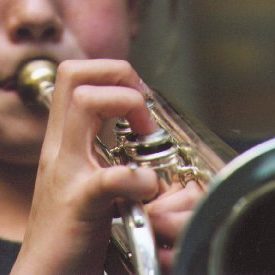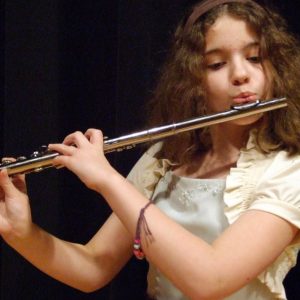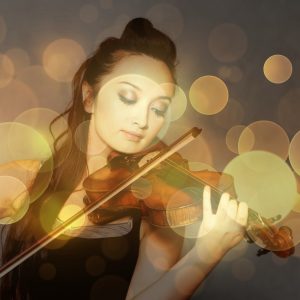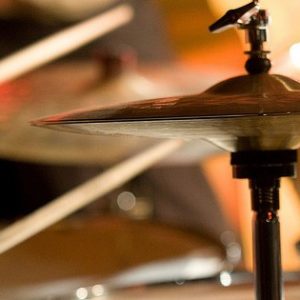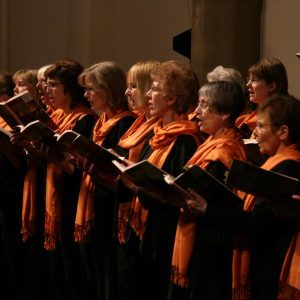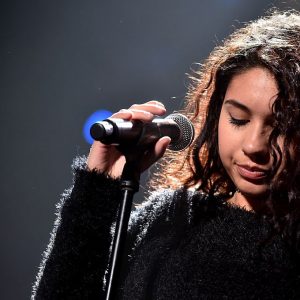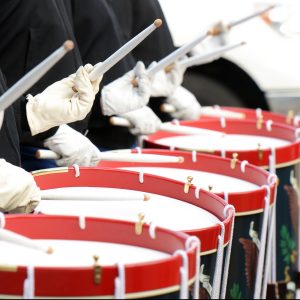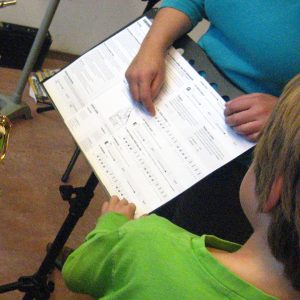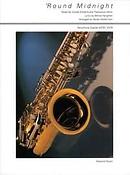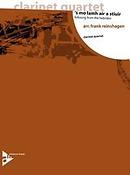Bach: Triosonate II in c Minor BWV 526
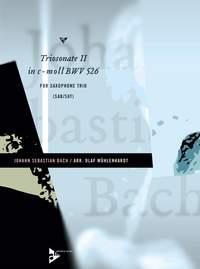
- Componist:Bach, Johann Sebastian
- Uitgever:Advance Music
- Instrument(en): Saxofoon (3), Cello
- Periode: Barok
- Series: Saxofoon Trio
- Bezetting: Trio
- Genre: Klassiek
- Soort: Set (Partituur, Losse Partijen)
- Uitgeversnummer: ADV 7733
- ISBN: 9790206301254
- ISMN: 979-0-2063-0125-4
Prijs € 21,80
Wensenlijst
Wensenlijst
Bel voor advies: 0342-419197
Informatie
Bach composed the six Trio Sonatas for Organ BWV 525 – 530 probably between 1727 and 1730 when he was Cantor at the St. Thomas Church in Leipzig. The trio sonata as a baroque genre usually employs four players: two solo parts (violin, flute or oboe), a bass part (Cello, violone or bassoon) and the continuo part (organ, harpsichord or lute). It is assumed that during his time in Köthen (1717 – 1723), Bach composed a few dozen trio sonatas for various instruments, of which very few have survived. In fact, the Triosonata for two Fluit and Continuo BWV 1039, along with the one from the Musical Offering (which was written much later), is the only one of which the authenticity can be regarded as certain. Bach arranged it for Viola da Gamba and harpsichord (BWV 1027). The upper solo part is played by the right hand of the harpsichordist while the Viola plays the second part an octave lower. Later, Bach arranged the last movement for organ (Trio in G). Here, the pedal plays a slightly simplified bass, and the left hand takes up the second part. Maybe some of the movements of the six Trio Sonatas for Organ go back to lost compositions Bach has arranged in a similar manner. There are earlier versions of many movements, and the original of at least one movement (BWV 528, I.) was written for more than one instrument: the Sinfonia of the second part of Cantata BWV 76 which is set for Oboe d’amore, Viola da Gamba and Basso Continuo. The linear, distinctly chamber music-like disposition of the Sonatas further supports this assumption, and a number of recent recordings of the Sonatas with two solo instruments and basso continuo convincingly justify the reconstruction of a hypothetical original. The Vivace in its ritornello form (tutti/solo) rather resembles a concerto movement. A spright, homo- phonic theme in thirds (tutti) contrasts with solo interludes in which the upper voices carry on a lively debate characterized by imitations of sixteenth-note figures in the upbeats. Certainly one of the most beautiful movements of the Trio Sonatas, the Largo sounds sad and wistful, despite the key of Eb major. After a pure, almost meditative opening with sigh gestures over a cantus firmus-like melody of long sustained notes, and a walking bass, the movement subtly intensifies by means of tightly woven sixteenth notes in the solo parts, a slightly more active bass and complex thematic and motive relationships. It is hardly noticeable that the eighth notes in the bass starting in bar 24 are a simpli-fied version of the sixteenth notes from the beginning. In the Allegro, Bach combines two seemingly contradictory musical styles in an extended fugal finale. The linear, discursive theme in the traditional alla breve seems at first a little stern and sober, almost like a study in the stile antico, that had become unfashionable during Bach’s lifetime. Some of his contemporaries subsequently criticized him for incorporating this style into his music. Bach juxtaposes it with a distinctively ‚modern’ second theme of rhythmic vitality with a playful countersubject. Tempo indications and solid slurs are in the autograph. In some cases, the slurs are ambiguous (esp. mvt. I. bars 44 + 45 and 52). The suggestions for arti-culation and phrasing (dashed slurs, staccato dots and commas) have been omitted in parallel passages.Gerelateerde producten
- Telefonisch advies & bestellen
- 14 dagen bedenktijd
- Gratis retourneren
- Korting voor Docenten, koren of verenigingen
- Vanaf 30 euro = gratis verzenden
- Achteraf betalen


